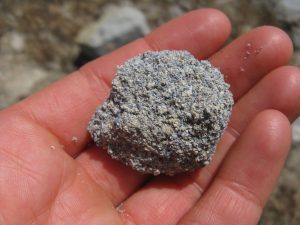Rock formed from accumulated sediment. Common examples are limestone, shale, and sandstone.
submarine fan
Sediments that are transported in an underwater current down the slope of a continental coast, accumulating near the slope bottom, and settling into a deposit in the shape of a fan; in many respects, submarine fans are like river deltas

superposition
In a sequence of layered rocks, the older rocks are on the bottom and the younger rocks are on top.
stratigraphy
The study of sedimentary rock layers often referred to as strata.
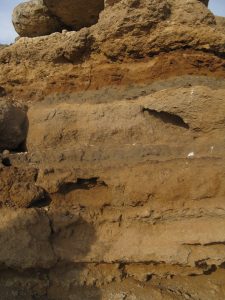
segment
In many animals, the body is divided into repeated subunits called segments, such as those in centipedes and insects.
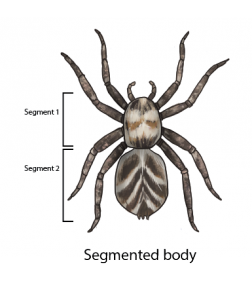
Story Map
A web application that uses rich graphics, photographs, and supporting images to tell a story. Story Maps are part of ArcGIS online, the cloud-based mapping and GIS platform and associated resources.
sand
Rock material in the form of loose, rounded, or angular grains, and formed as a result of the weathering and decomposition of rocks. Particles of sand are between 0.05 and 2 millimeters in diameter.
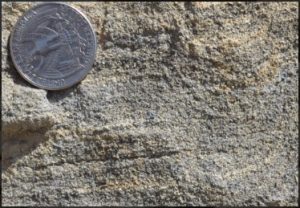
Siphonalia Zone
An exposure from the early Pliocene Epoch within the Etchegoin Formation of the Kettleman Hills geographic area of California. The zone is named for a species of snail found within the formation.

sand dollar
A type of echinoderm.
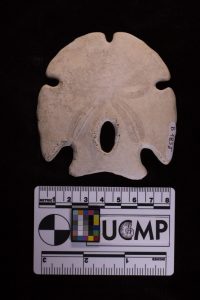
scallop
A bivalve with prominent ridges on the exterior of its shell and some swim by clapping their valves together.
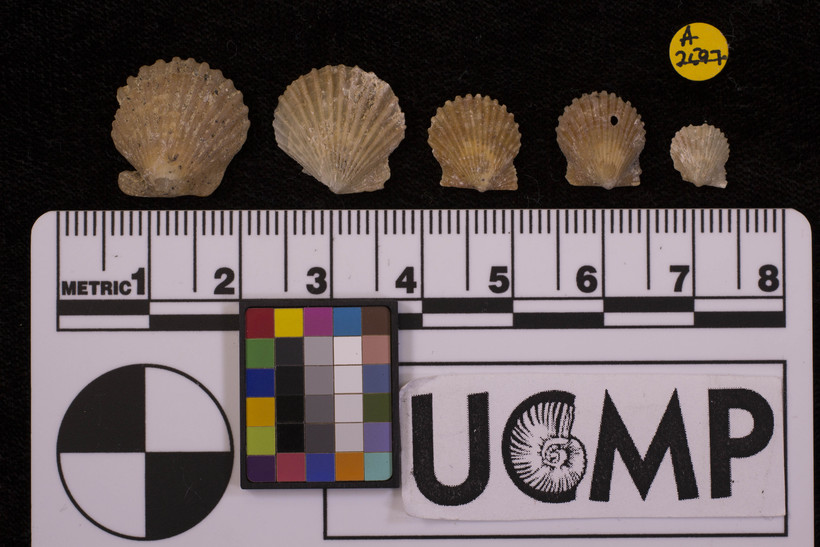
San Joaquin Formation
At roughly 4.0-2.2 million years old, this Pliocene-aged formation is located in the Central Valley of California. This formation is largely made up of sandstone, silty sand, and siltstone containing mostly marine fossils with a few fresh to brackish water fossils.
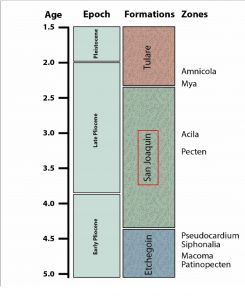
sediment
Any solid material that has settled out of a state of suspension in liquid.
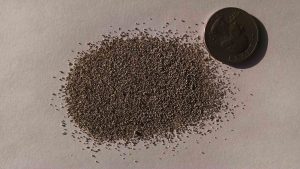
synapsid
A group of four-limbed vertebrates possessing one opening in the skull behind each orbit (eye hole), and a bony arch beneath.
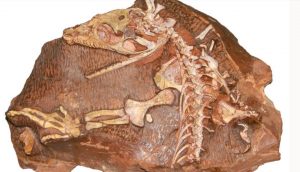
symmetry
Many animals have a body form that expresses symmetry, meaning that it could be divided into matching halves by drawing a line down the center. In this respect, arthropods are built like humans are; the right half of an arthropod is a mirror image of its left half — this is called bilateral symmetry (bi = two, latus = side). Other animals have symmetry like a snowflakes — there are many different ways to carve it into matching halves, and all of these lines meet in the middle, dividing it up like a birthday cake. That is called radial symmetry. Other animals are not symmetrical at all — their bodies cannot be divided into similar halves with a straight line.
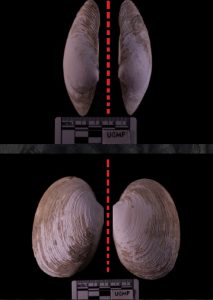
sandstone
Sedimentary rock formed by cementing together grains of sand.
